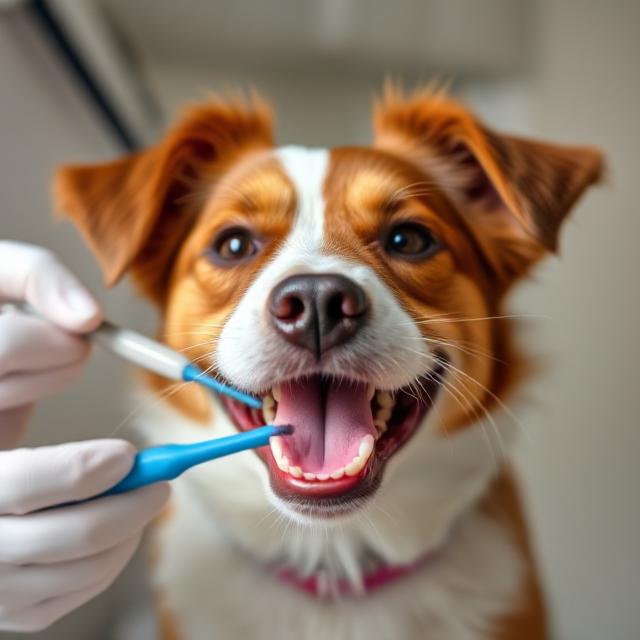
DENTAL HYGIENE FOR PETS
Share
Hey there, fellow pet lovers! We all adore our furry companions, and we strive to give them the best life possible. But are we paying enough attention to their dental health? It's easy to overlook, but dental hygiene is just as crucial for pets as it is for us humans. So, let's dive into the world of pet dental care and see if you're doing it right.
WHY DENTAL CARE MATTERS FOR PET
Imagine not brushing your teeth for years! Sounds unpleasant, right? Our pets experience the same discomfort when their pearly whites are neglected. Poor dental hygiene can lead to a build-up of plaque and tartar, resulting in gum disease (gingivitis) and eventually periodontitis. These conditions are not only painful but can also lead to serious health problems, affecting their heart, liver, and kidneys. Yikes! So, keeping those chompers clean is about more than just fresh breath; it's about their overall well-being.
COMMON MISTAKES PET OWNERS MAKE
Let's be honest, we're not perfect. Here are some common pitfalls pet owners fall into when it comes to dental care:
- Ignoring the Problem: This is the biggest mistake. Out of sight, out of mind, right? But ignoring dental issues only makes them worse.
- Using Human Toothpaste: Human toothpaste contains ingredients like fluoride, which are toxic to pets if swallowed. Always use pet-specific toothpaste.
- Infrequent Brushing: Occasional brushing is better than nothing, but aim for daily brushing. Consistency is key.
- Not Starting Early: Introduce dental care routines when your pet is young to get them accustomed to the process.
- Relying Solely on Dental Chews: Dental chews can help, but they're not a substitute for regular brushing. Think of them as a supplement, not the main course.
TIPS FOR PROPER PET DENTAL HYGIENE
Brushing basics :
- Use a pet-specific toothbrush or fingerbrush.
- Apply a small amount of pet toothbrush.
- Focus on the outer surfaces of the teeth.
- Brush gently in a circular motion.
- Reward your pet after each session.
Making It Easier and Enjoyable :
- Start Slow: Introduce the toothbrush and toothpaste gradually. Let your pet sniff and lick them.
- Positive Reinforcement: Use praise, treats, and affection to create a positive association with brushing.
- Find the Right Time: Choose a time when your pet is relaxed and receptive.
- Be Patient: It may take time for your pet to get used to the process. Don't get discouraged.
- Make it is a Routine: Consistency is key. Try to brush your pet's teeth at the same time each day.
WHEN TO SEE A VET
Regular check-ups with your veterinarian are essential for maintaining your pet's overall health, including their dental health. Your pet can identify potential problems early on and recommend appropriate treatment. Schedule a dental check-up at least once a year, or more frequently if your pet has a history of dental issues. Signs of dental problems include:
- Bad Breath
- Excessive Droolling
- Difficulty eating
- Red or Swollen Gums
- Loose teeth
- Pawing at the mouth
By incorporating these tips into your routine, you can ensure your pet's dental health remains in tip-top shape. Remember, a healthy mouth equals a happy pet.
NEXT STEPS
Now that you're armed with this knowledge, it's time to take action. Schedule a dental check-up for your pet, invest in pet-specific dental products, and start a daily brushing routine. Your furry friend will thank you for it with a bright, healthy smile and many years of happy, healthy life.
